New Bird Challenges In The New Year
Jan 11, 2022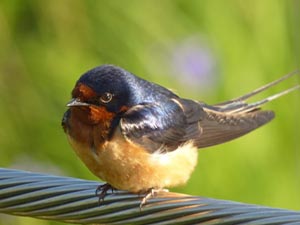
It wasn’t just a changed world for people in 2020 and 2021; bird species were also forced to adapt to the pandemic-driven interruptions. Bird management strategies have had to keep up.
From still empty buildings to the shift in human traffic patterns, lingering pandemic effects will continue to impact birds and bird management. Here are some examples of what that means and what that could look like throughout 2022.
- Birds adapt to human background noise levels. Scientists studying the effects of human-created noise on animal communication took advantage of the pandemic’s quieting effect on big cities to measure the changes in birdsong. With more background noise, birds sing at a higher volume and pitch and some songs lose their intricacy. In a quieter world, birds quickly adapted – with quieter songs at lower frequencies. As human activity resumes a more normal pace, normal, scientists hope to gain greater understanding of how noise pollution affects the natural world – and find solutions that benefit both birds and people.
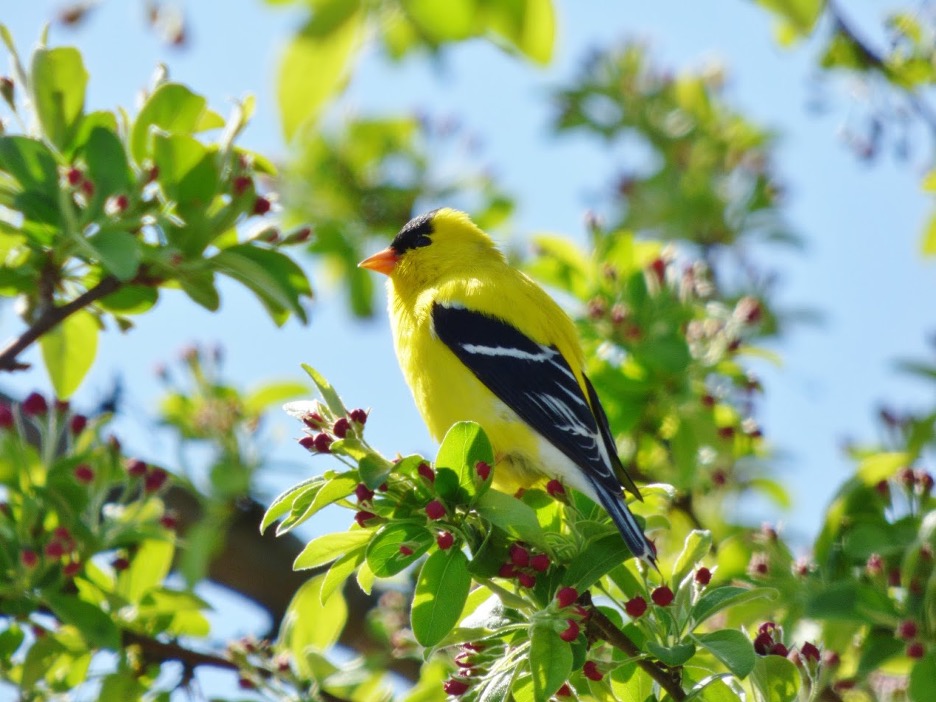
- New bird issues. With quieter urban areas, more species of birds are finding their way into urban areas and creating issues. Turkeys were a source of many such conflicts managed by the Wild Goose Chase team in 2021 and we are innovating our turkey solutions for ongoing turkey management in 2022. This includes an emphasis on educating people about the hazards of feeding turkeys in urban areas – a practice that creates risks for both people and birds. It can also complicate bird management as birds that have been fed may need a little extra encouragement to move on to a more natural habitat. Our high-powered handheld lasers, along with the more traditional canine patrols, can do the trick!
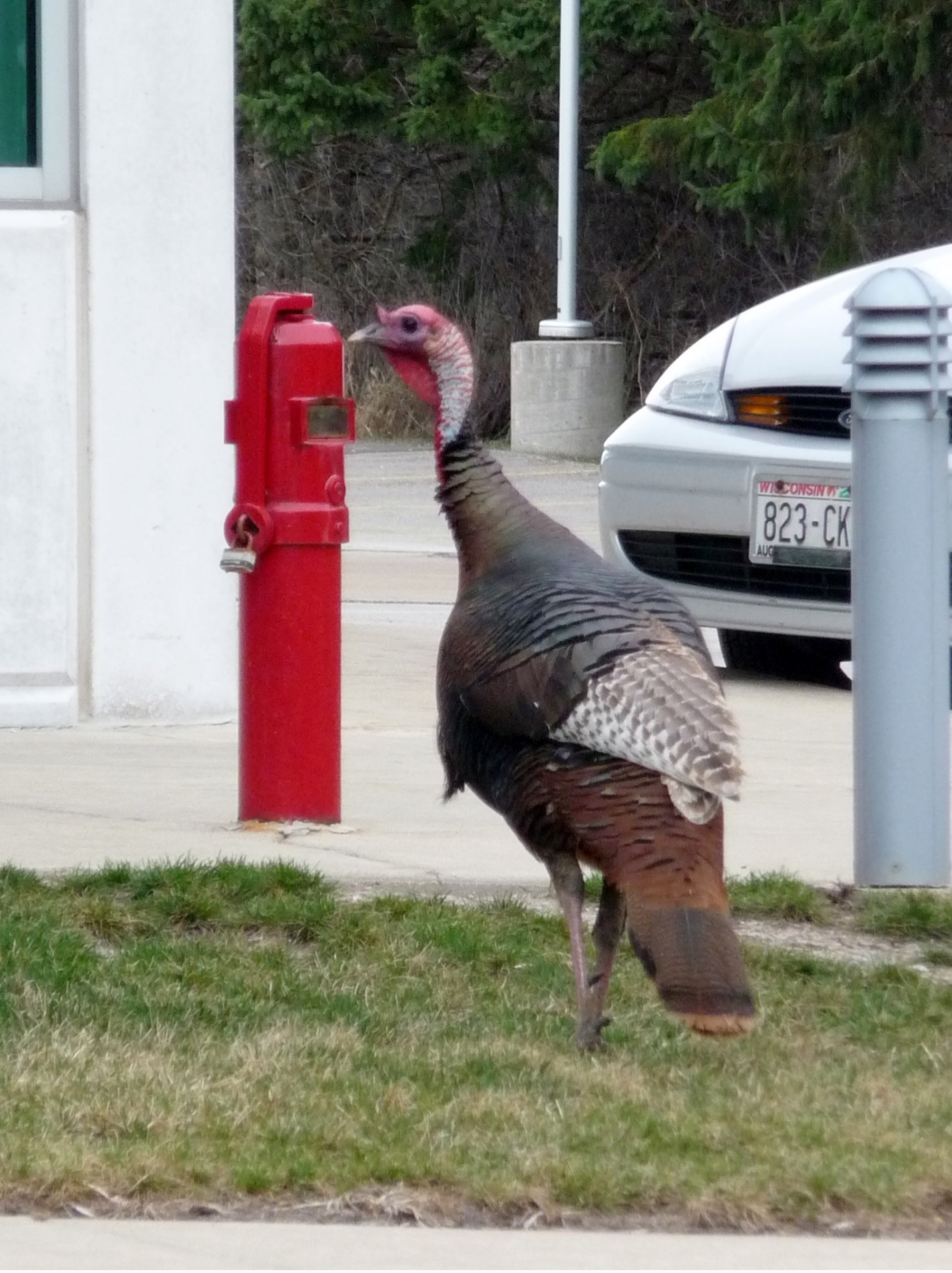
- Avian Flu. With the ongoing Covid crisis, influenza headlines can be easily overlooked. However, a new strain of highly pathogenic avian flu is spreading in birds all over the world. It began in wild bird populations in Europe and Asia and was recently confirmed in Canada. This strain of flu is deadly to birds and has resulted in the deaths of entire flocks of cranes. While this strain thankfully does not spread easily to humans, the influenza virus mutates readily and that makes it dangerous. As a result, flocks of domestic birds that come into contact with people have to be managed carefully to prevent the risk of zoonotic transmission. Millions of chickens overseas have been culled in this outbreak so far, creating a strain on food resources around the world. To combat this, poultry biosecurity is vital, and our autonomic lasers provide peace of mind by keeping wild birds that may be infected away from healthy domestic flocks.
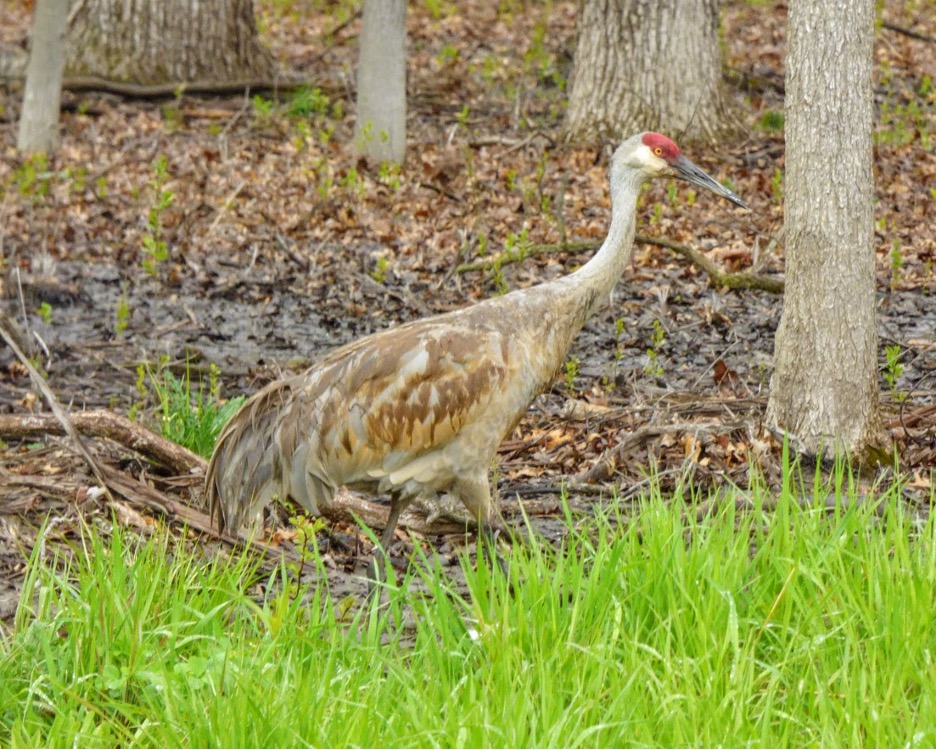
- The expansion of bird abatement laser use at U.S. airports. Wild Goose Chase, an MBM sister company, was selected to pilot a study on airfield laser use at Chicago Executive Airport in 2020. The results showed the safety and efficacy of the laser, a reduction in bird strikes, and favorable reviews from pilot and airport operations personnel. As a result, we are confident that in 2022, more airports will be able to use this highly-effective tool to make their airfields safer.
Stay On Top Of 2022 Bird Conflicts With The Biology-Based Strategies Of Migratory Bird Control
Whatever 2022 brings in the way of bird conflicts, the Migratory Bird Management team will be on the case, staying up to date with the latest in bird research, biology and management strategies to bring our clients the innovative, cost-effective and humane solutions they need.
Reliable bird management strategies are an investment in the health and safety of your property and your people. Give us a call today to learn how we can help.
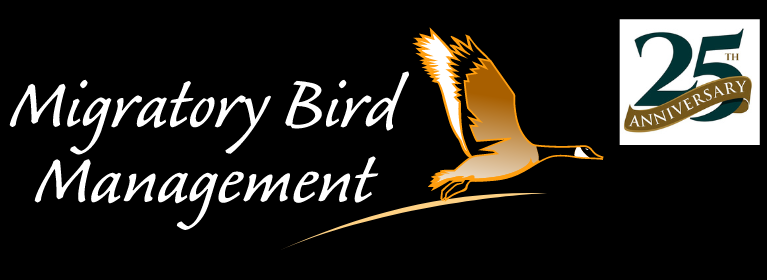



 0
0
